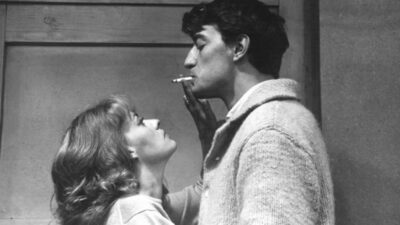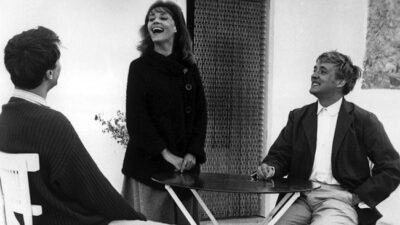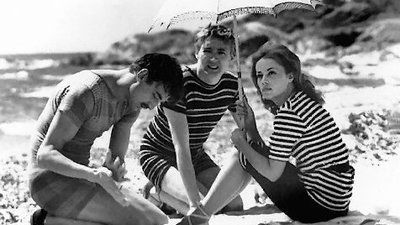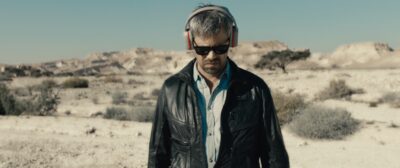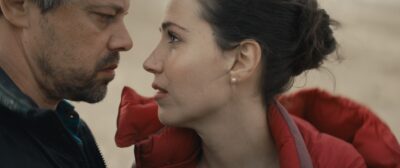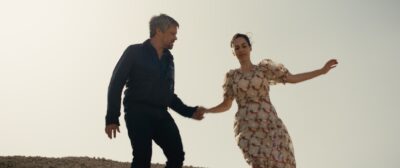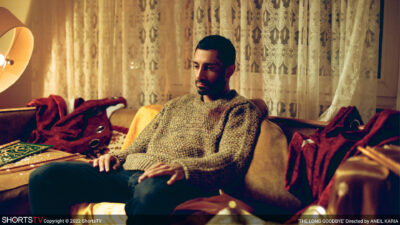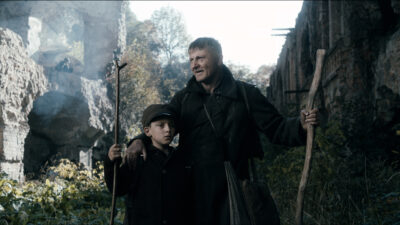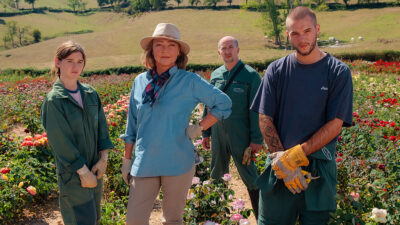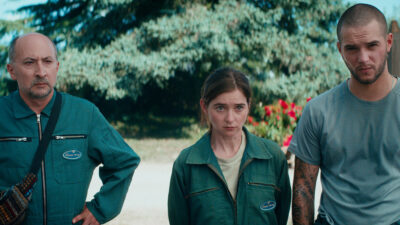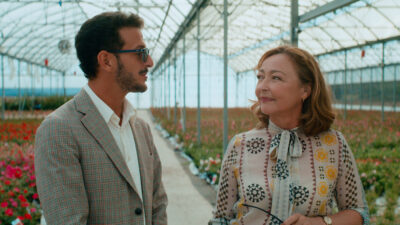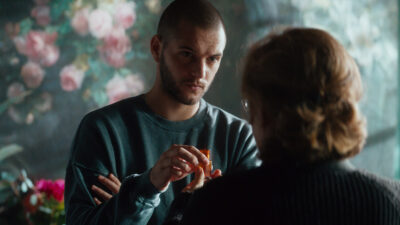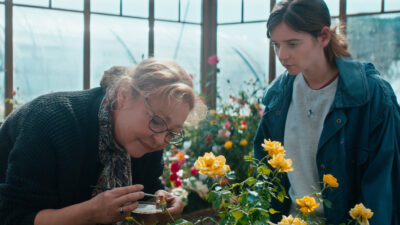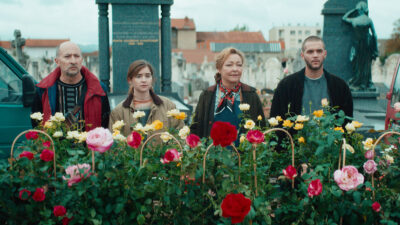We began our weekly Culture Vulture series in 2014 to showcase the best films from and about the world of dance, opera, plays, musicals, fine art and more. We screen them every Monday at 7:30 PM at the Playhouse 7, Royal, Newhall, Claremont 5, and Glendale. Can’t make it on Mondays? No problem! Catch discounted encore presentations Tuesdays at 1 PM. Our schedule through May:
April 11-12: The beautifully crafted Easter in Art explores the Easter story as depicted in art, from the time of the early Christians to the present day. Shot on location in Jerusalem, United States and throughout Europe, the film explores the different ways artists have depicted the Easter story through the ages and thus depicts the history of us all.
April 18-19: Raphael: The Young Prodigy tells the story of the Italian Renaissance artist, starting from his extraordinary portraits of women – the Mother, the Friend, the Secret Lover and the Client. From portraits of his mother, who died when the painter was only eight, to the female admirers who helped him on his road to success, Raphael was able to portray an ideal of celestial beauty and focus his gaze more on the psychology of his subjects than on their physical forms, so that their personalities emerge in a striking manner.
April 25-26: In Black Flowers, five Holocaust survivors choose art as a vehicle for healing the wounds of their past. An undeniable bond is visible between the horrors they experienced and the artistic expression they find. The necessity of optimism is eminent in the personalities of these survivors. Screening with Commandment 613, in which Rabbi Kevin Hale joyfully practices the sacred craft of Torah restoration, bringing new life to scrolls saved in Czechoslovakia during the Shoah. Black Flowers filmmaker Tammy Federman will participate in Q&As following the April 25th screening at the Royal and the matinee screening at the Playhouse on the 26th.
May 2-3: Gallant Indies features 30 dancers of hip-hop, krump, break-dancing, and voguing. It’s a first for the Director Clément Cogitore, the choreographer Bintou Dembélé, and the Paris’ Opera Bastille. By bringing together urban dance and opera singing, they reinvent Jean-Philippe Rameau’s baroque masterpiece, Les Indes Galantes. From rehearsals to public performances, it is a human adventure and a meeting of political realities that we follow: can a new generation of artists storm the Bastille today?
May 9-10: 42nd Street – The Musical ~ One of Broadway’s classics, this production of 42nd Street is the largest-ever production of the breathtaking musical. Set in 1933, it tells the story of Peggy Sawyer, a talented young performer with stars in her eyes who gets her big break on Broadway. Filmed in 2018 at London’s Theatre Royal and directed by the original author of the show, Mark Bramble, this eye-watering extravaganza is full of crowd-pleasing tap dances, popular musical theatre standards (“Lullaby of Broadway,” “We’re in the Money,” “42nd Street” and more), and dazzling ensemble production numbers.
May 16-17: To mark the centenary of the discovery of Tutankhamun’s tomb, Tutankhamun: The Last Exhibition offers audiences an extraordinary opportunity to meet the Pharaoh, with exclusive coverage of how 150 of his treasures were moved to become part of the biggest international exhibition ever dedicated to him. Explore a continuous dialogue of cross-references between the ancient past when the Pharaoh was alive, the more recent times which saw the discovery of his tomb by archaeologist Howard Carter in 1922, and the present day with exhibitions and studies dedicated to Ancient Egypt.
May 23-24: Alain Resnais: Five Short Films ~ Five newly restored early short film masterpieces from the legendary filmmaker. Resnais would go on to make his mark in feature films, including the Oscar-nominated Hiroshima Mon Amour, but these early-career shorts demonstrate an already keenly developed eye. The films are a remarkable compendium of the stylistic elements found in his features, and represent an important contribution to the distinguished French documentary tradition.

